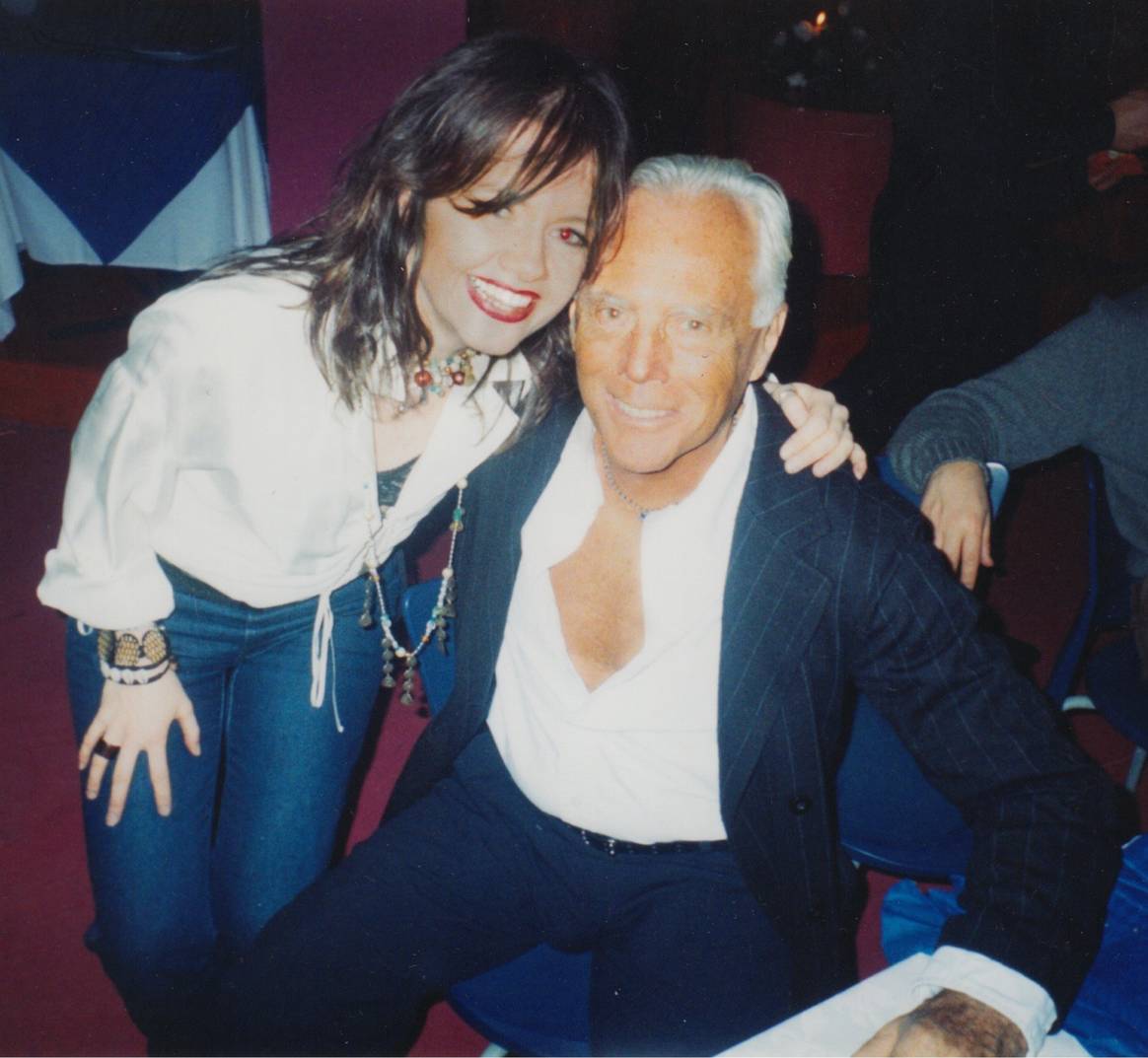Engaged in the clothing industry for 20 years.

Reflecting on working for Giorgio Armani as the designer turns 90
Giorgio Armani turns ninety on the 11th of this month, and with this impressive life milestone I can’t help but reflect on my time as a womenswear designer on his team at the turn of the new millennium. I arrived at Armani HQ in my mid-20s. I’d just completed my Masters at London’s Central Saint Martins, which at that time was a dilapidated, lawless place where raucously attired students and faculty cursed each other out at high volume in the corridors, a ritual that somehow inspired mutual respect. And here I was, looking like I’d been dragged through a hedge backwards, transplanted into the most picturesque historic Brera district of Milan, into this palazzo of airy rooms that housed all of Armani’s design operations.
Immediately I was filled with trepidation. The sleek, polished members of Armani’s team would see through me as an outsider and boot me out into the cobbled street where I belonged. In fact, it was a constant concern of mine throughout my six years there.
To belong in Armani’s select company you had to look and act the part. You had to speak softly, tread softly, design softly. You had to possess the ability to wear floppy pants like Katharine Hepburn in The Philadelphia Story at a time when Kate Moss was dominating Glastonbury in her skinny jeans.

Master of Italian fashion turns 90
While referred to with great reverence as “Il Maestro” (the master) by Italians, the world-famous designer was addressed as Signor Armani by those of us in his employ, even by family members. There was a formality, if not subservience, expected from us in our daily interactions with him. And as women we learned quickly that we should embody the philosophy of Armani in every way, and I do mean, embody. He found certain physical traits pleasing, and we attempted to fulfill these preferences: a small head (which could be achieved through stocking caps or hairstyles), flat chest, long torso, slightly aloof air, and a certain gender fluidity—called “androgyny” back then. Many of his favorite womenswear looks were built on what he referred to as the “garçon” aesthetic. And although I was undoubtedly affected by it, I don’t find myself tempted to project today’s lens of body positivity onto this experience of twenty-some years ago.
As a young designer, I was learning to speak Armani at the same time as I was learning to speak Italian. But I had been hired along with a few other young creatives from celebrated fashion programs to introduce a little something different into the house’s lexicon and in particular into the Emporio Armani line that was aimed at a younger clientele. Second lines were big business among the Italian brands at the time: Prada had Miu Miu; Dolce & Gabbana had D & G, Moschino had Cheap & Chic, Versace had Versus. My portfolio didn’t reflect an Armani aesthetic, but the hiring manager seemed to think a little friction would enhance not only the design process, but ultimately the catwalks.
But no one seemed to have told Signor Armani this. As a result I was often misspeaking, giving ill-advised opinions, and getting reprimanded by the master himself during the tense days of runway preparation. A crime I often committed was proposing a shoe or purse that he deemed simply out of the question.
Yet, I can confirm he is a maestro. The unmatched rigor with which he understands color is not of the Dries Van Noten or Pierpaolo Piccioli school of clashing harmony. To experience Giorgio Armani at work, watching him layer hues and textures, is like attending a symphony, an adagio—gentle, intimate and sustained, purring towards an affecting close. His signature wafting fabric, alluring gleam of beads, and willowy silhouette all add up to a unique point of view that is immediately recognizable.
And in a luxury landscape in which every designer is doing their branded version of the same item, it’s more clear than ever that Giorgio Armani’s work isn’t meant to be compared with the other Italian houses. Reinventing the codes that have fascinated him since the ’70s leaves him eternally inspired, and he can only ever really be accused of copying himself.
Those six years with Armani stand out as among the most formative times in my life. It’s easy to go into a company where your style neatly lines up with the brand vision. But as a result of my constant swimming against the beige current, I developed personally beyond recognition. I grew into my colors. I even sprinkled a few handfuls of magic along his runway. Looking back now, to have been allowed into Armani’s hallowed circle so early in my professional career, I consider it as both an honor and a privilege.
Next year the house of Armani will be fifty years old, while the man himself is ninety. And it is with sincerest pleasure and gratitude that I wish il maestro many happy returns.


